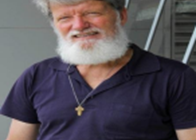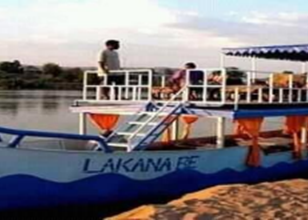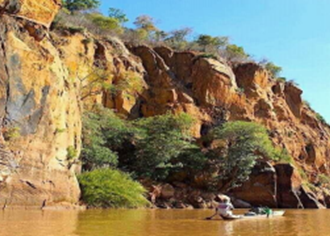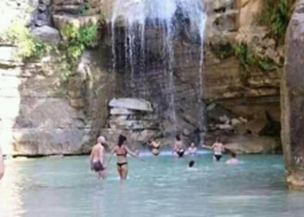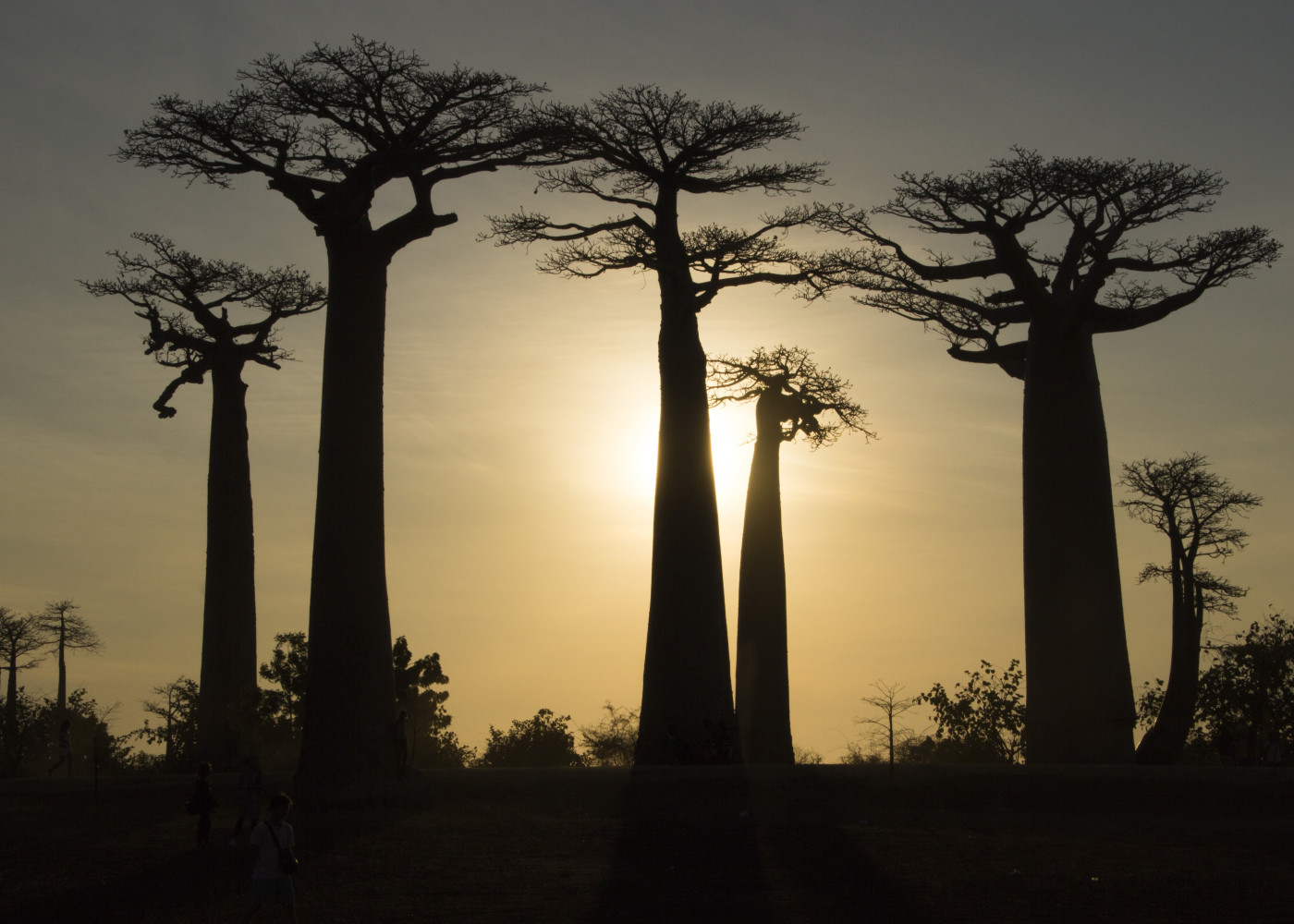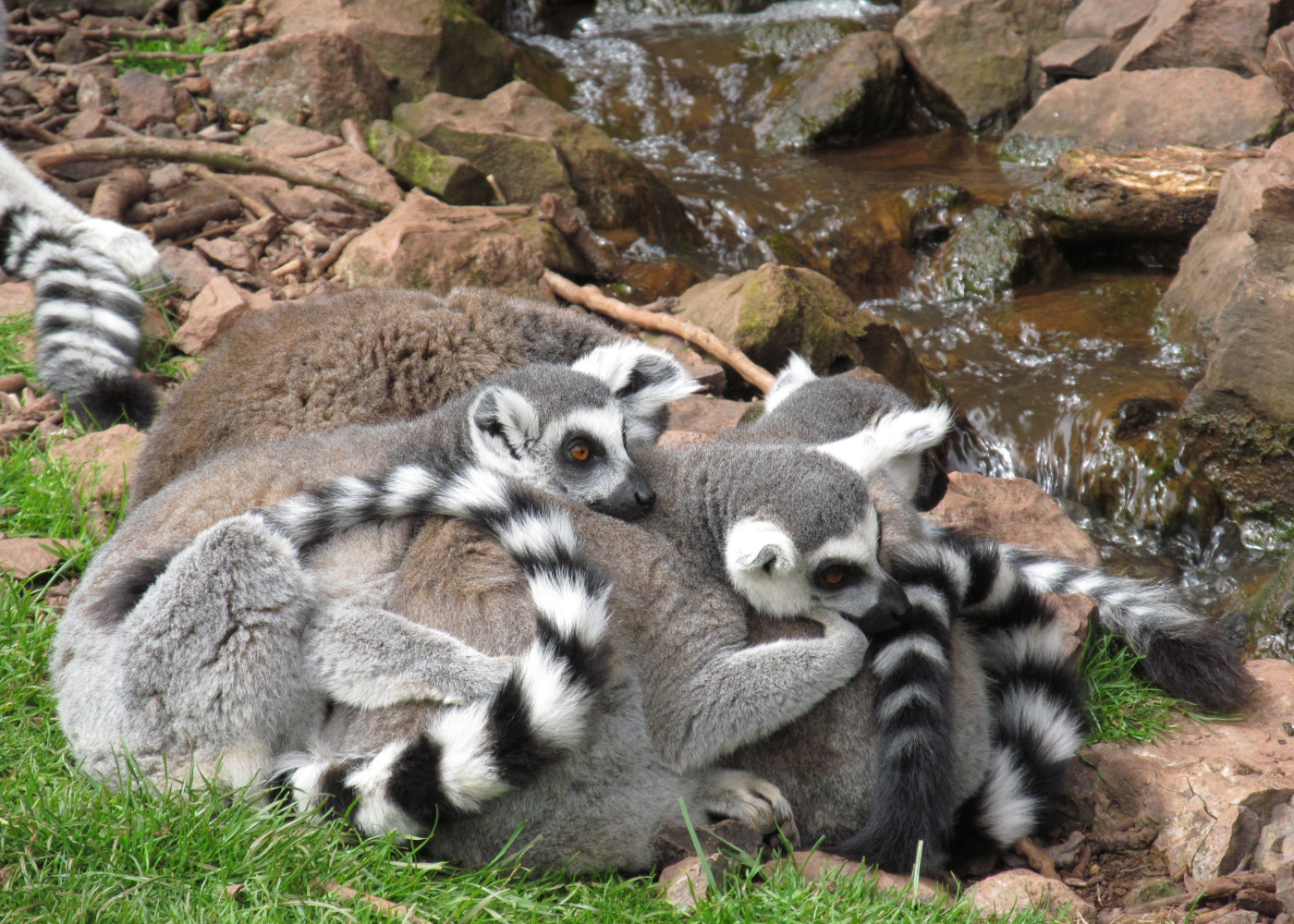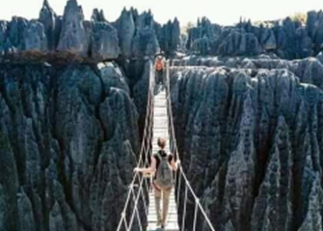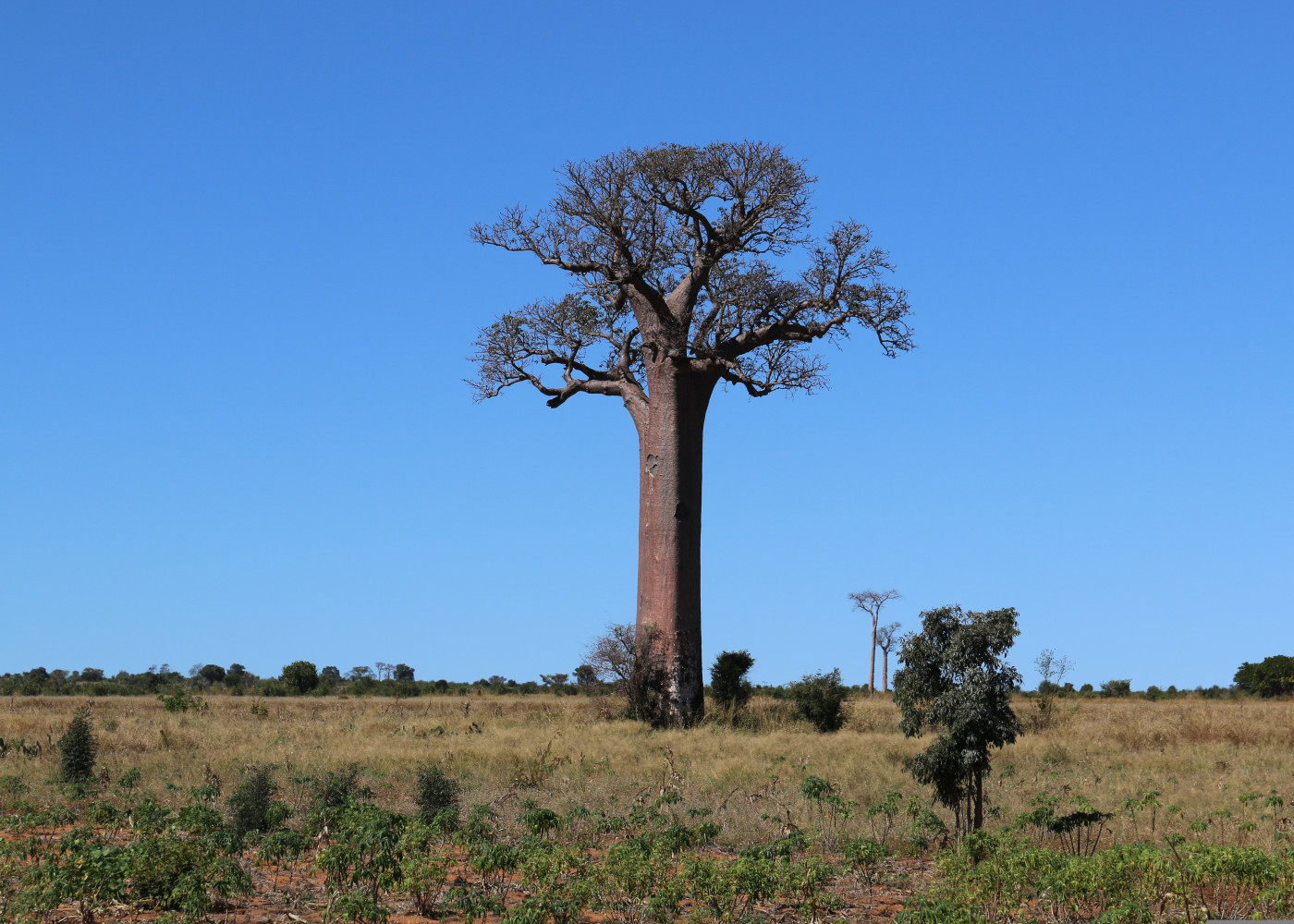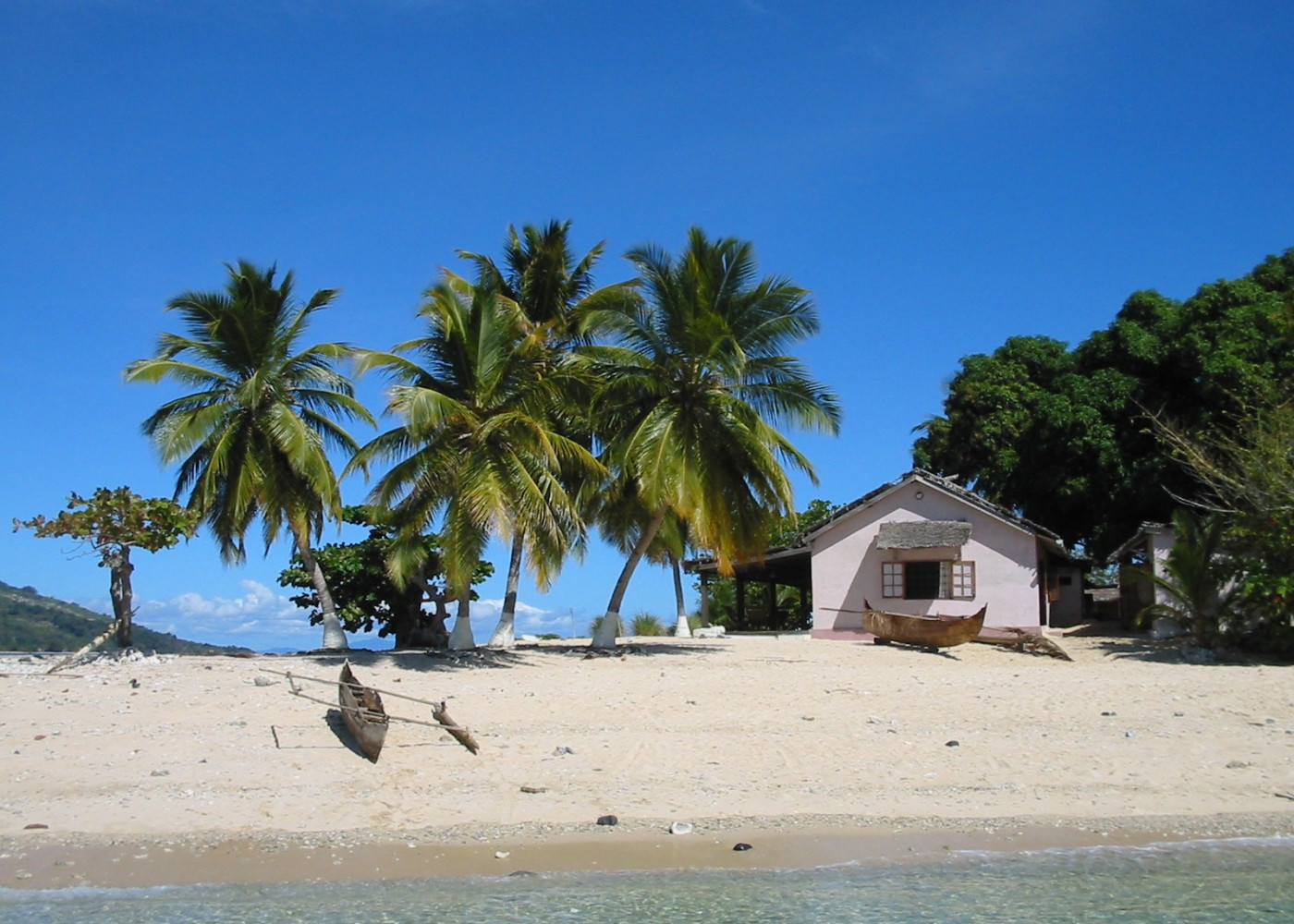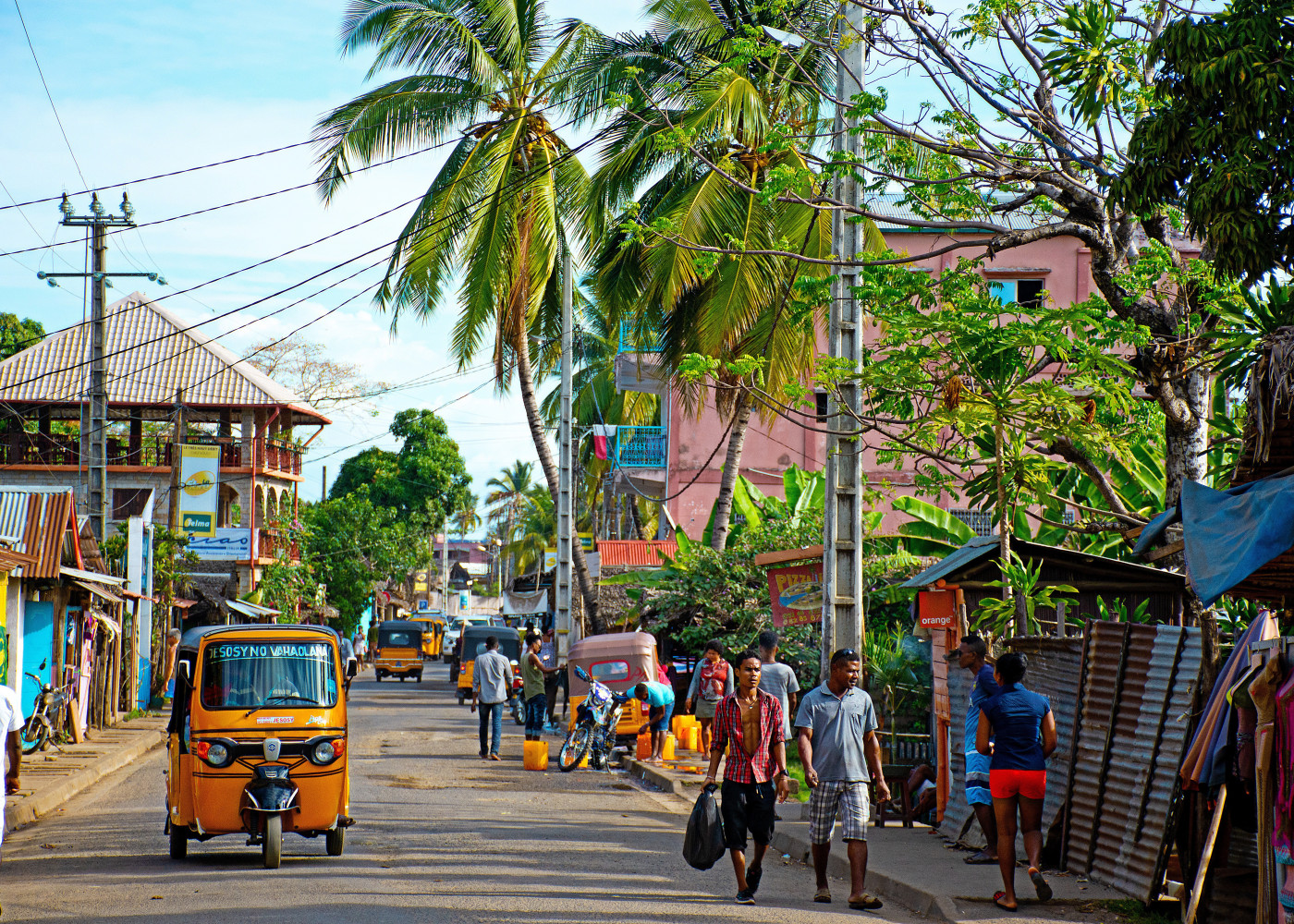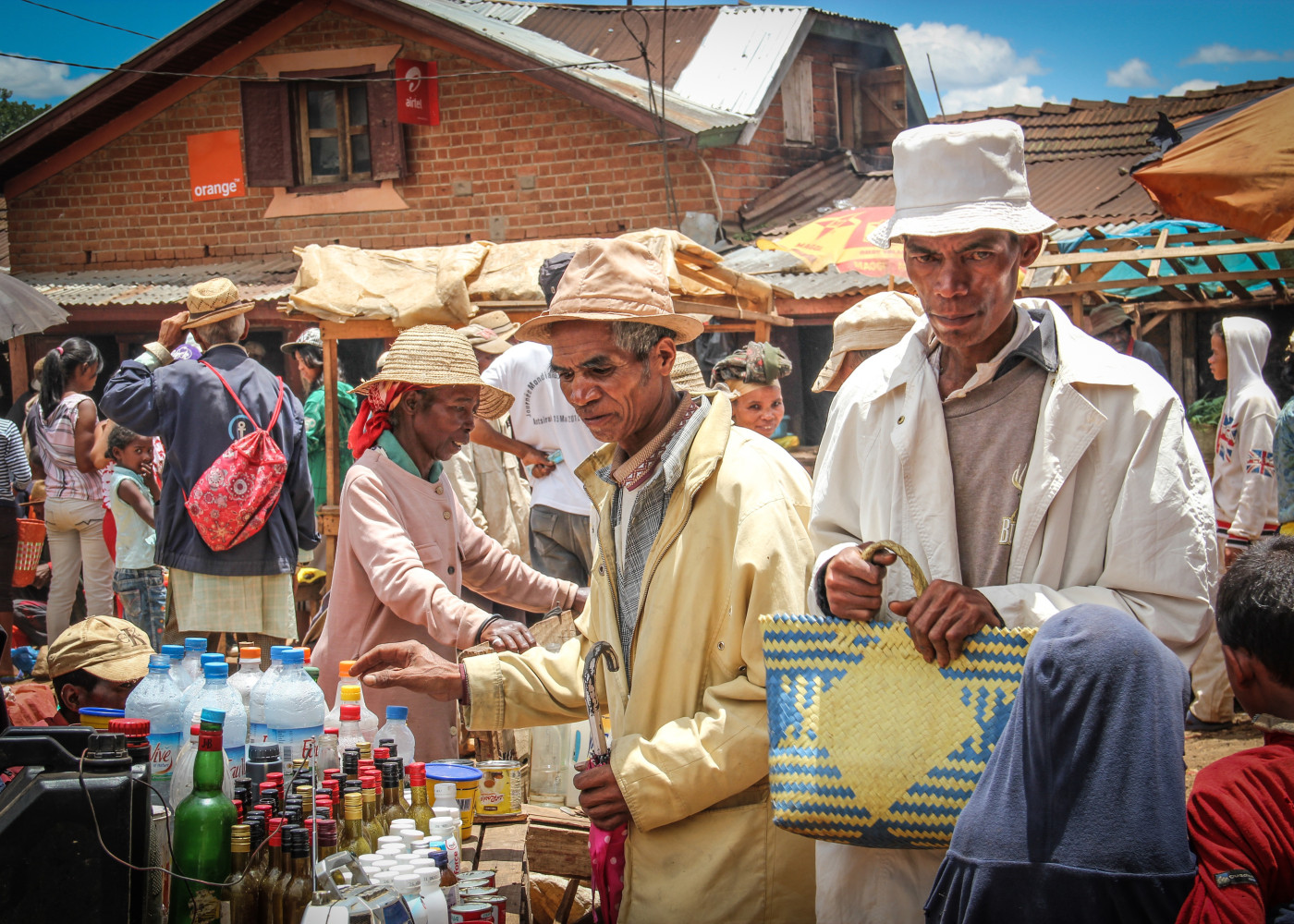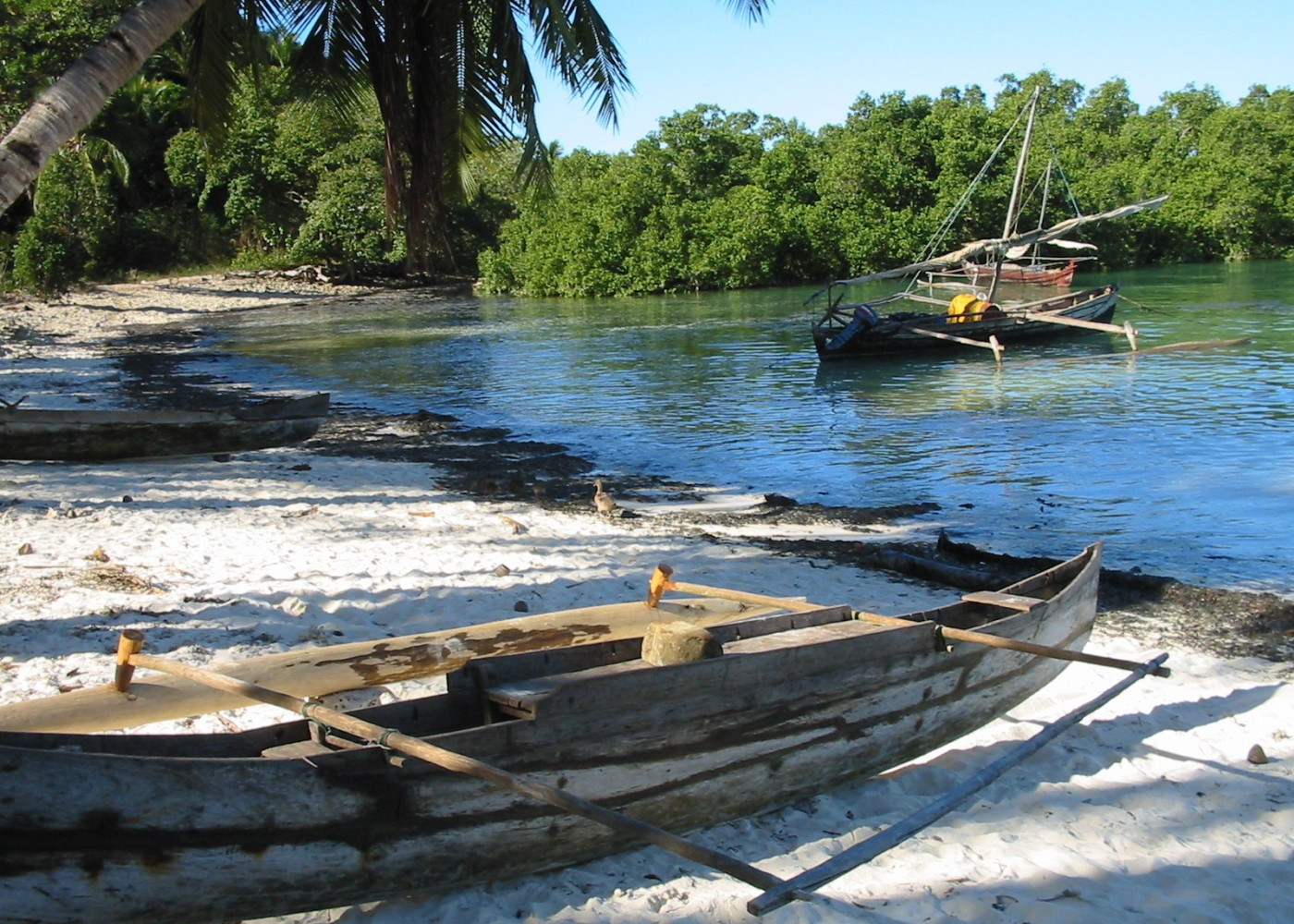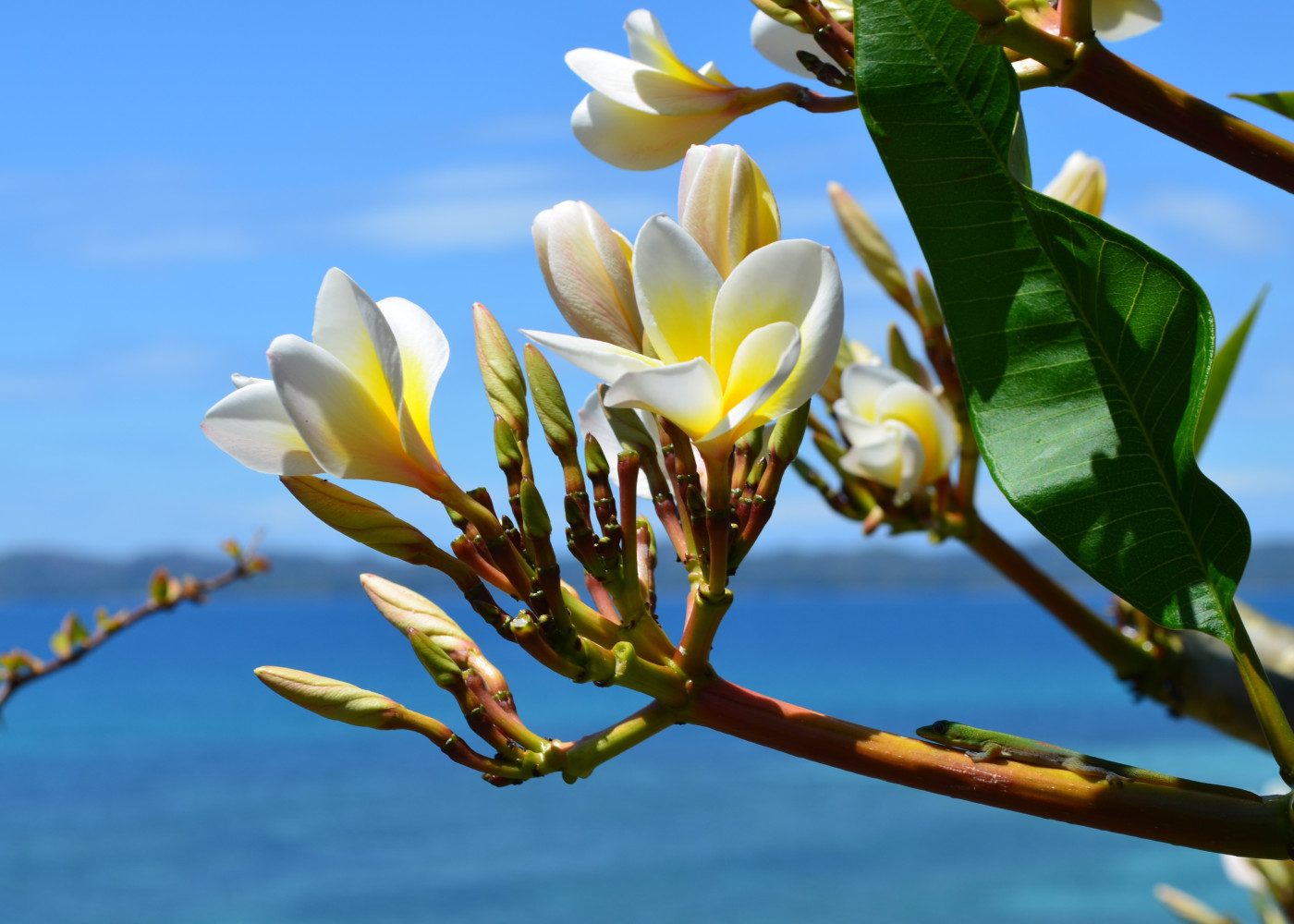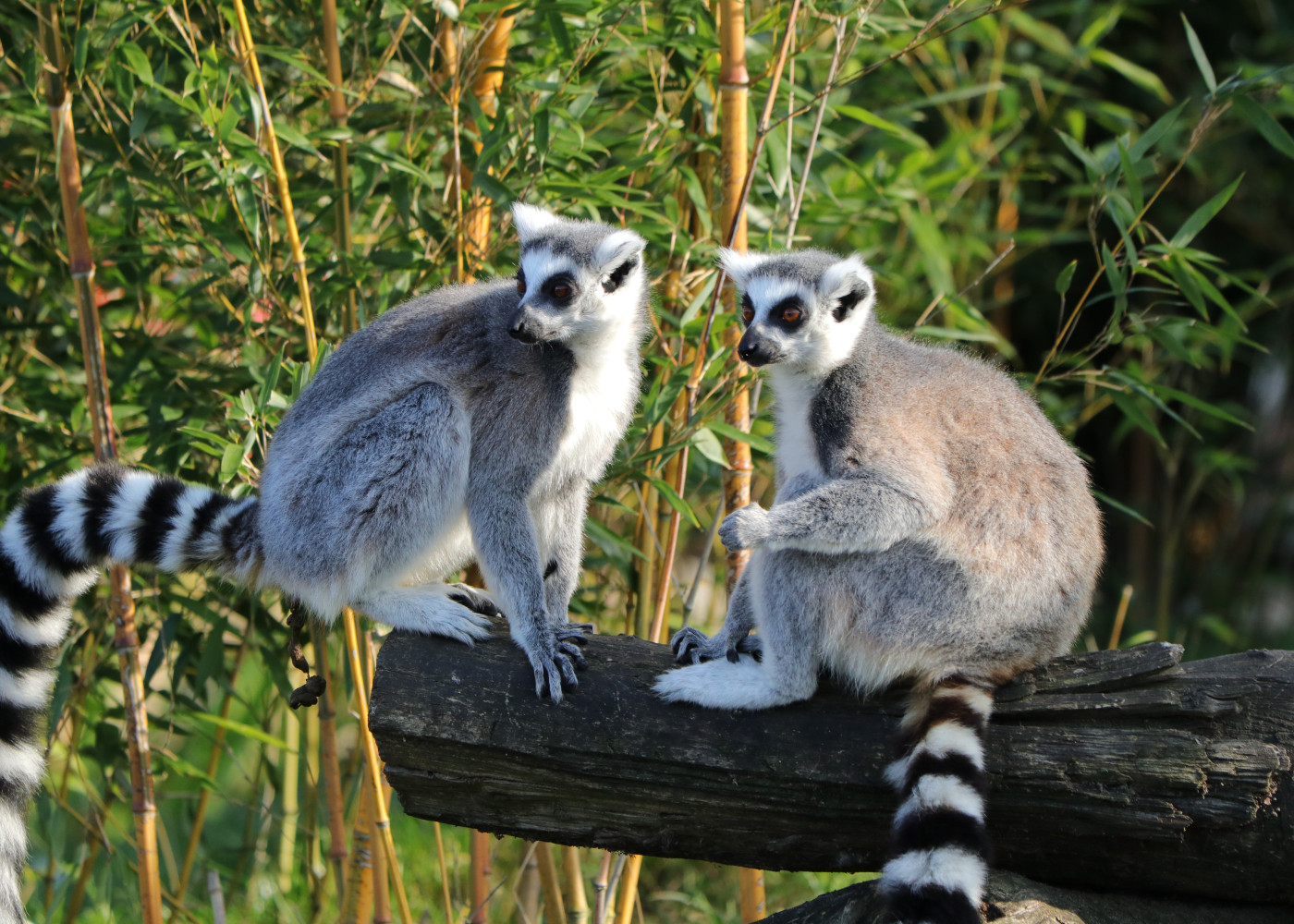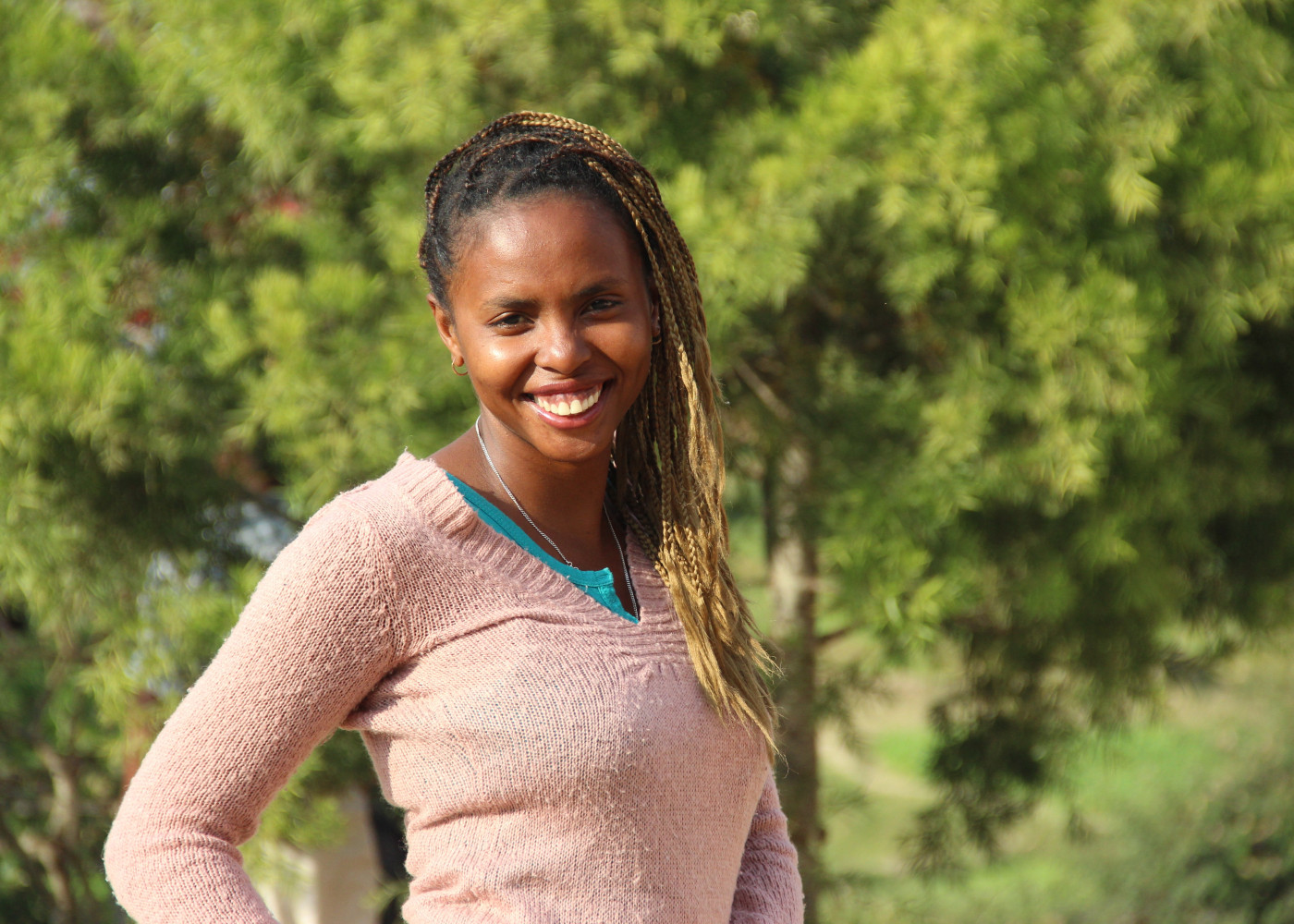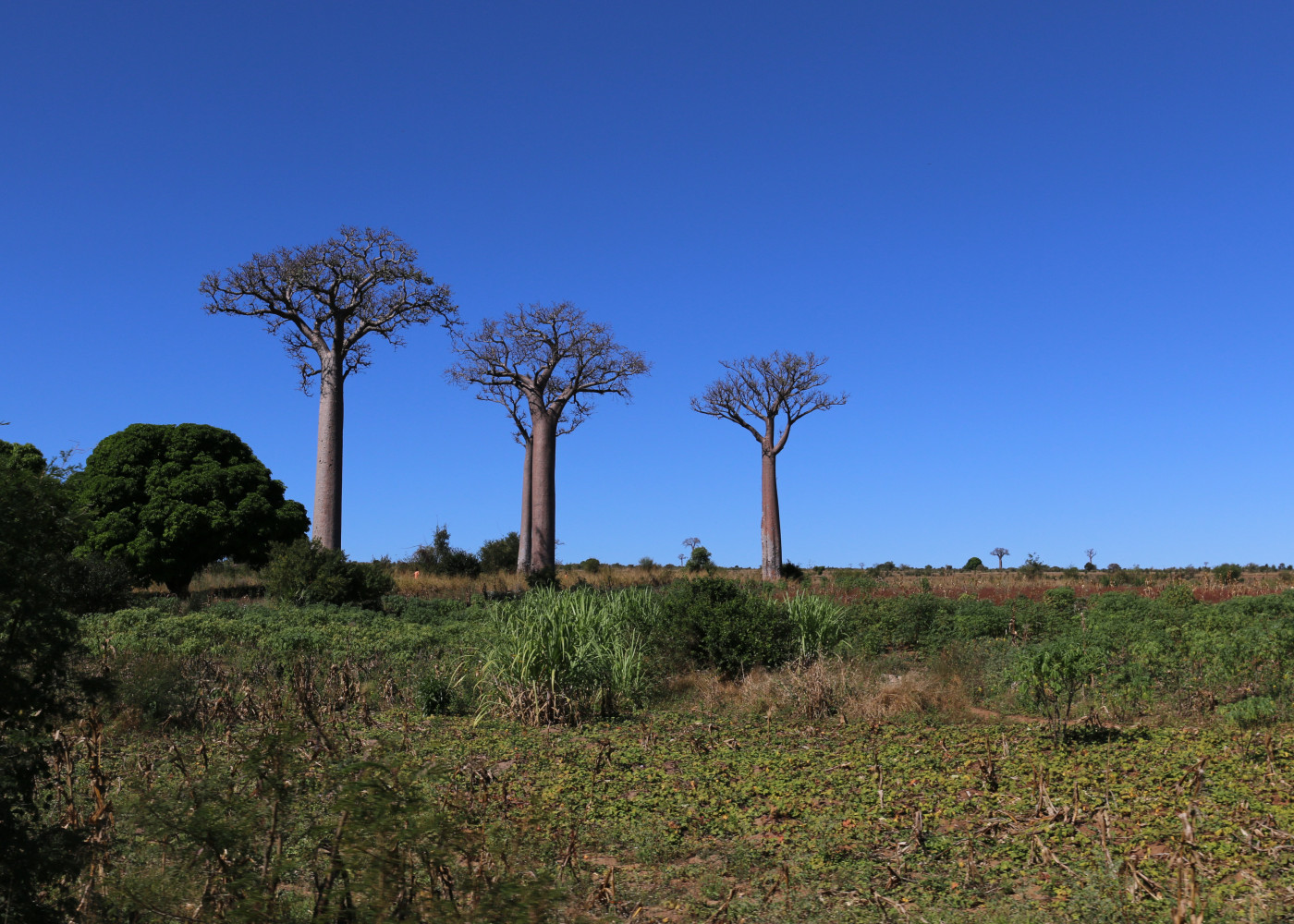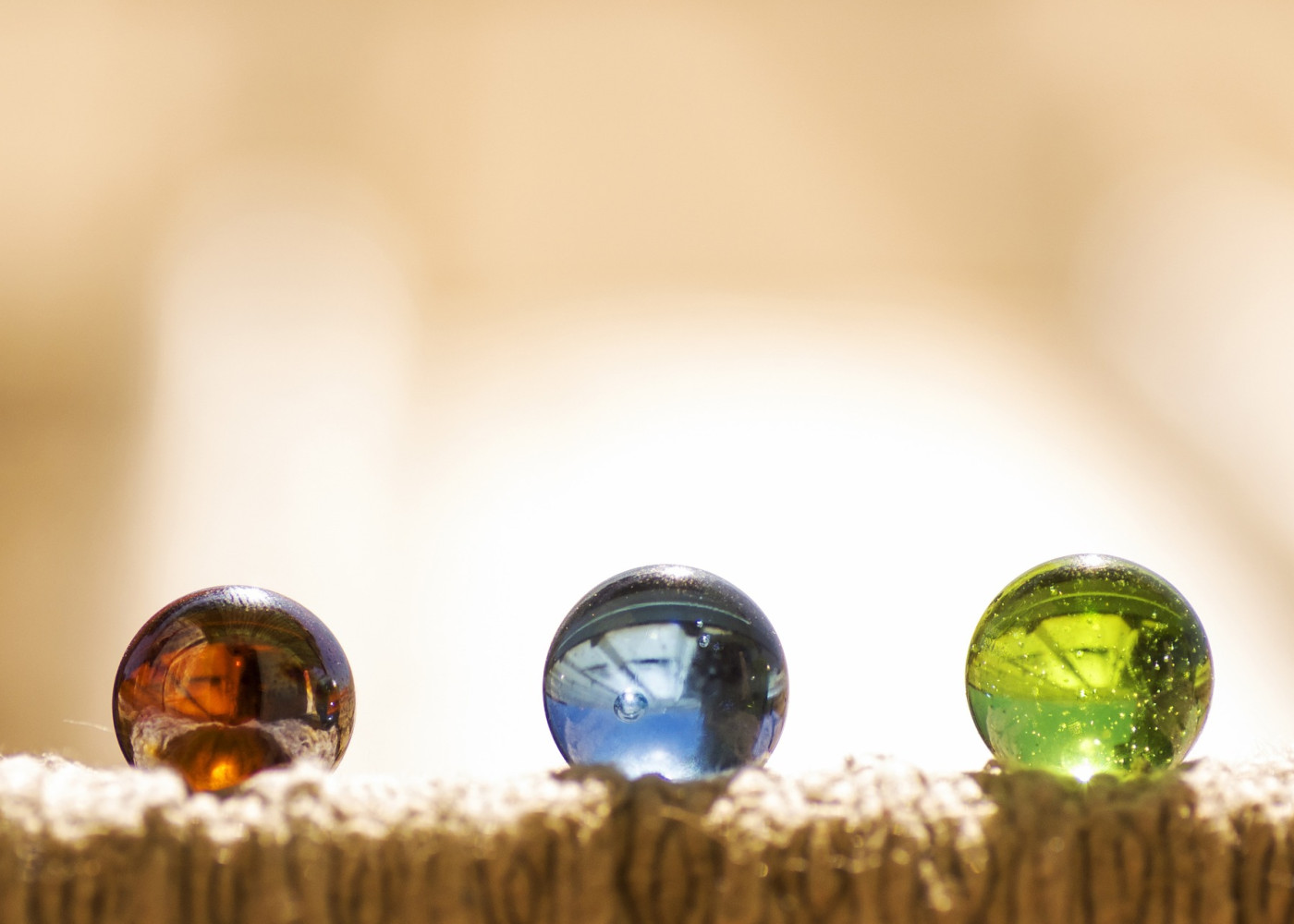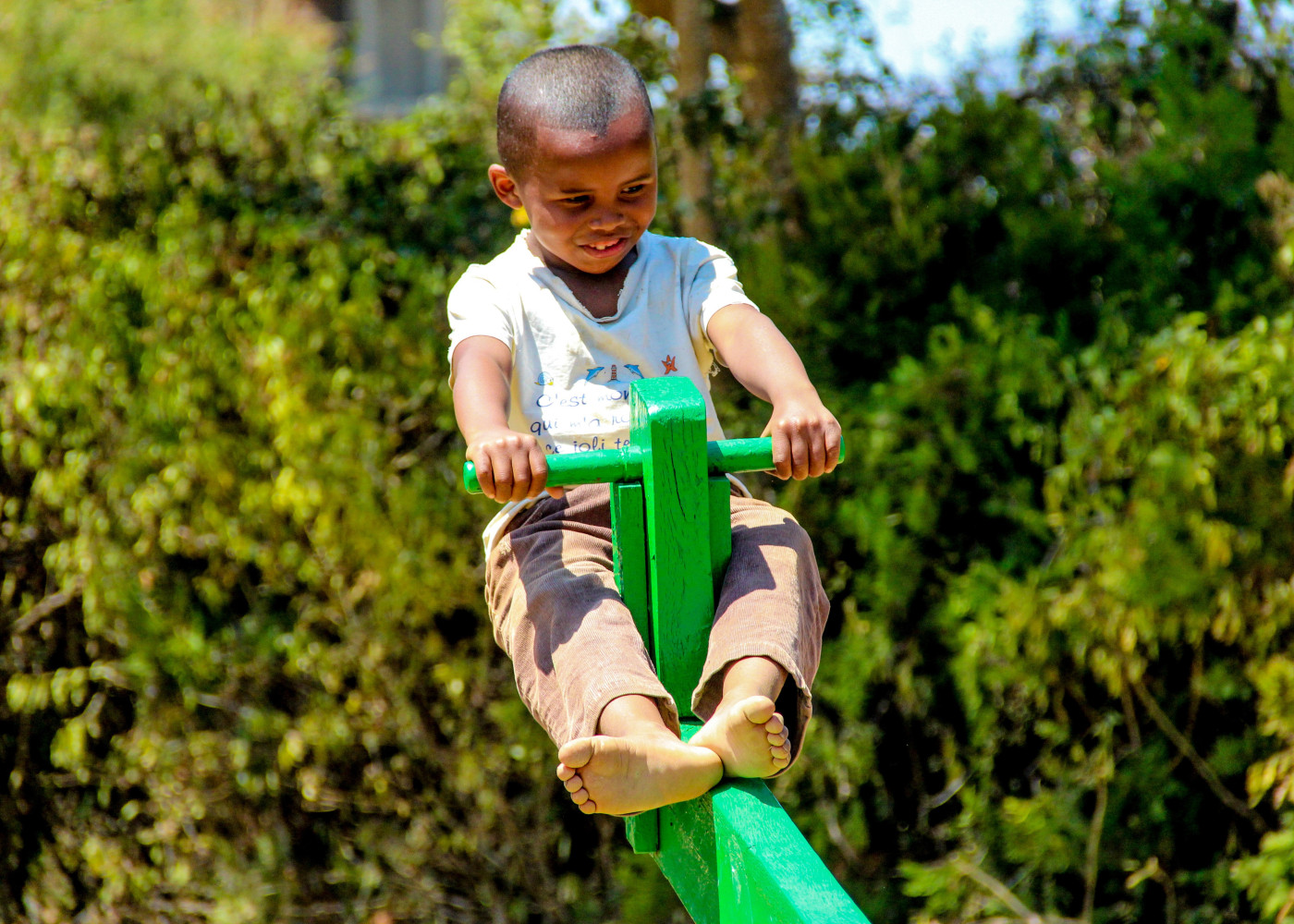Madagascar, descubre esta estancia de 20 días
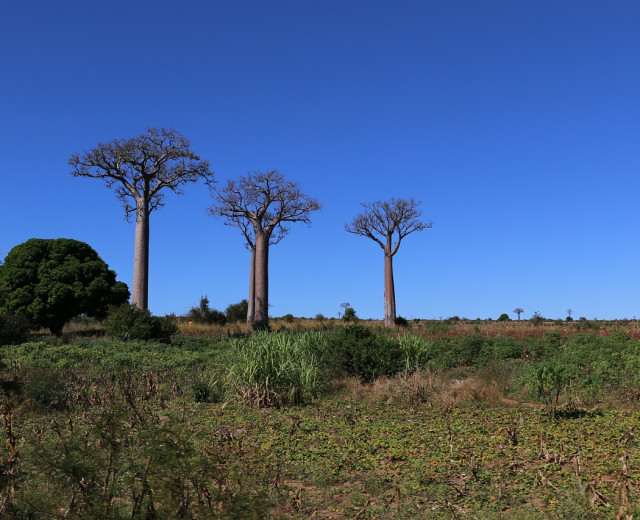
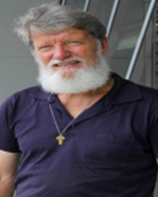
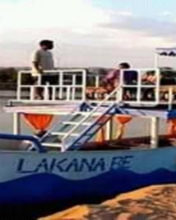
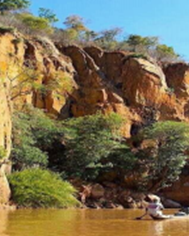
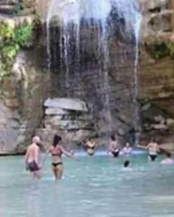
Descripción del viaje
Alojamiento
No hay información de alojamiento disponible
Programa del viaje
día 1 :
día 2 :
día 3 :
día 4 :
día 5 :
día 6 :
día 7 :
día 8 :
día 9 :
día 10 :
día 11 :
día 12 :
día 13 :
día 14 :
día 15 :
día 16 :
día 17 :
día 18 :
día 19 :
día 20 :
- Duración : 20 días
- Precio : Desde 1925,00 € por persona
- Destinos : Madagascar
Un sitio de
Personaliza tus viajes con Quotatrip y recibe ofertas a medida directamente en tu bandeja de entrada.
Descubrir un país
